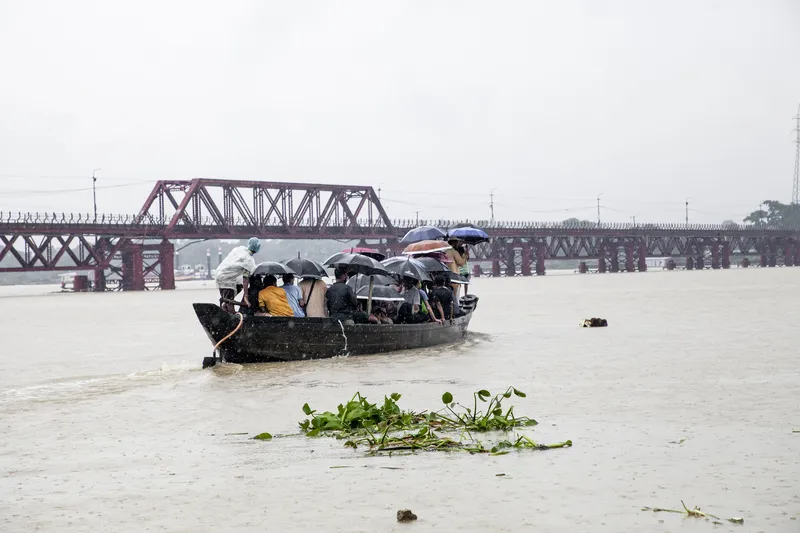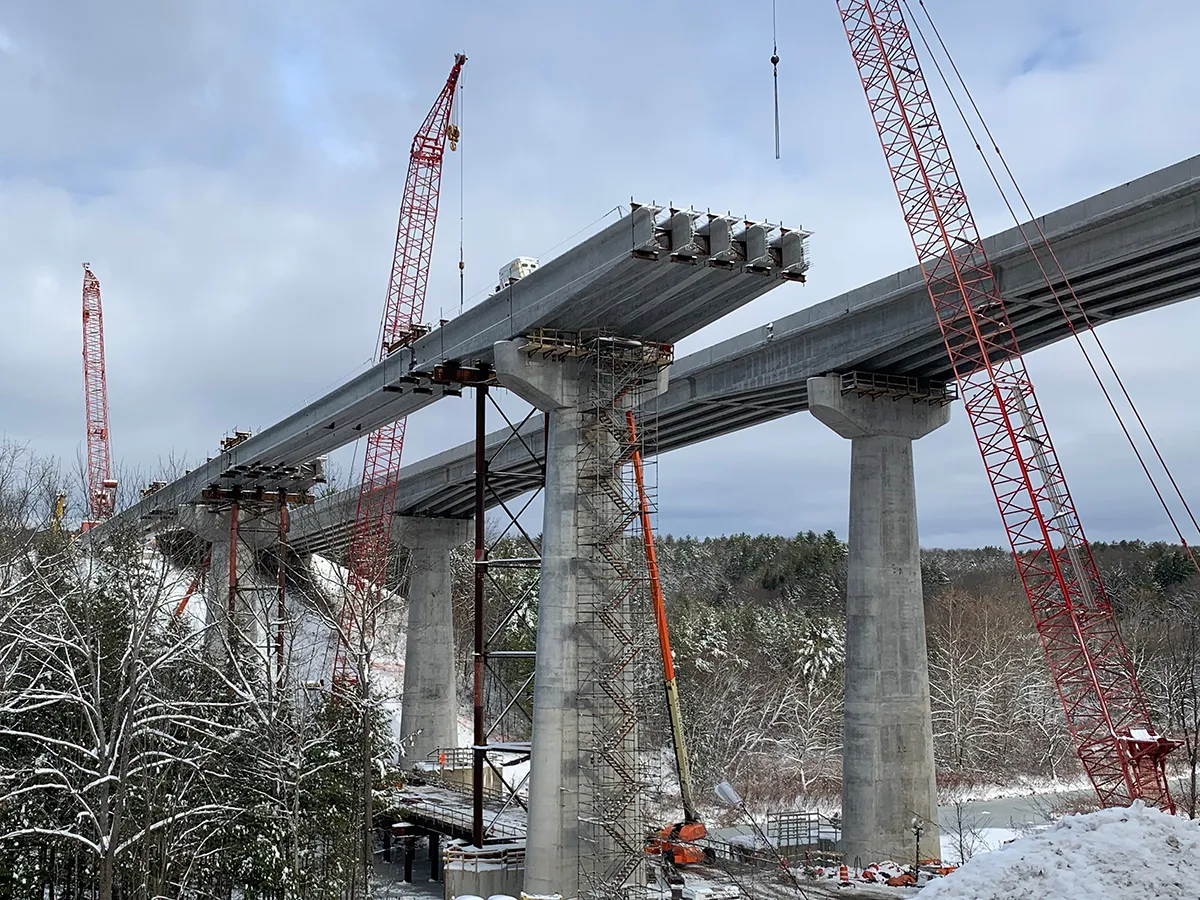Two new bridge projects planned for Ecuador will cost a total of US$116 million. Studies submitted to the local councils in Guayaquil, Daule and Samborondon determined the cost for building the two bridges to connect these areas. However, an additional $7 million might be needed if another structure is to be built over Samborondon Avenue. Enylic, CPR and Consultola worked on the design studies at a cost of $1.05 million.
October 31, 2014
Read time: 1 min
Two new bridge projects planned for Ecuador will cost a total of US$116 million. Studies submitted to the local councils in Guayaquil, Daule and Samborondon determined the cost for building the two bridges to connect these areas. However, an additional $7 million might be needed if another structure is to be built over Samborondon Avenue. Enylic, CPR and Consultola worked on the design studies at a cost of $1.05 million.








